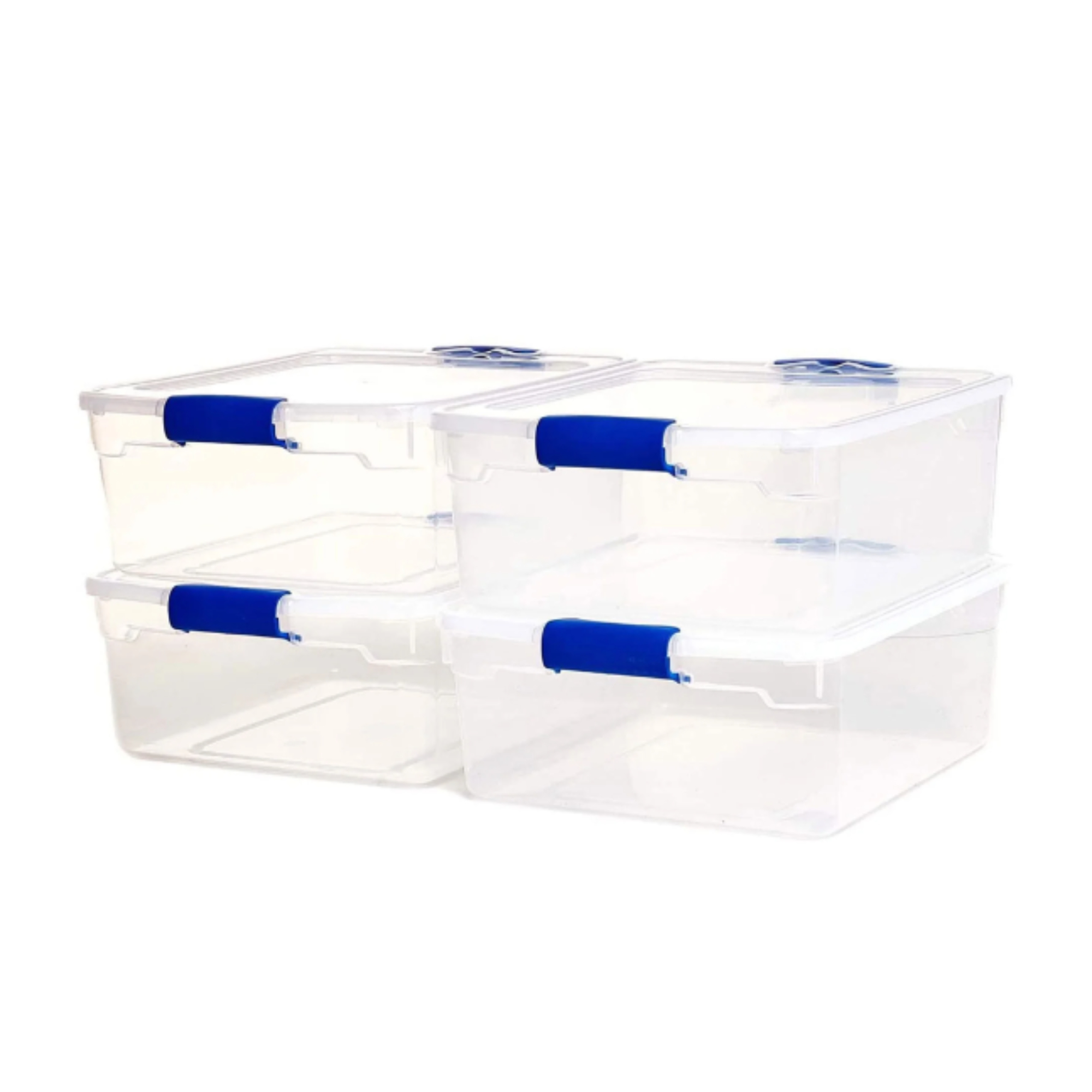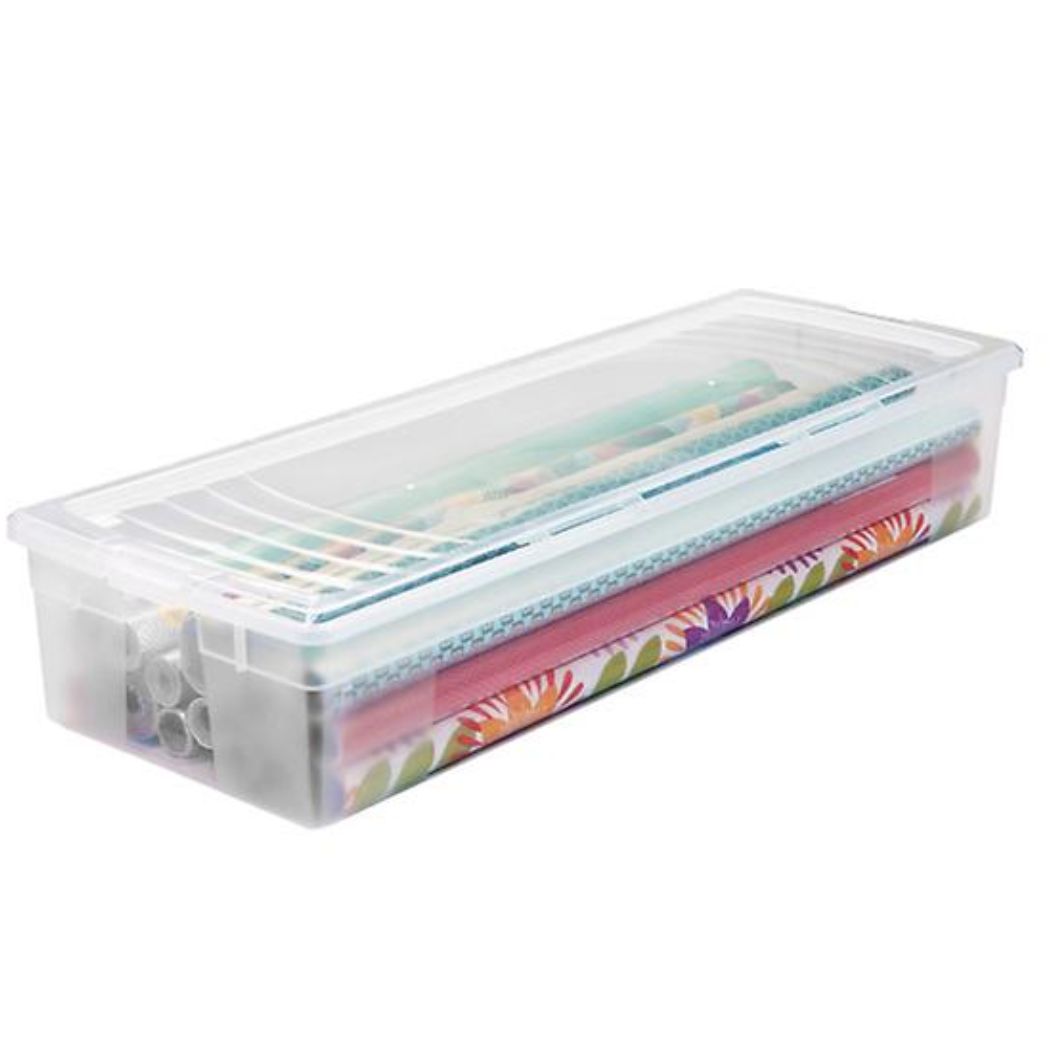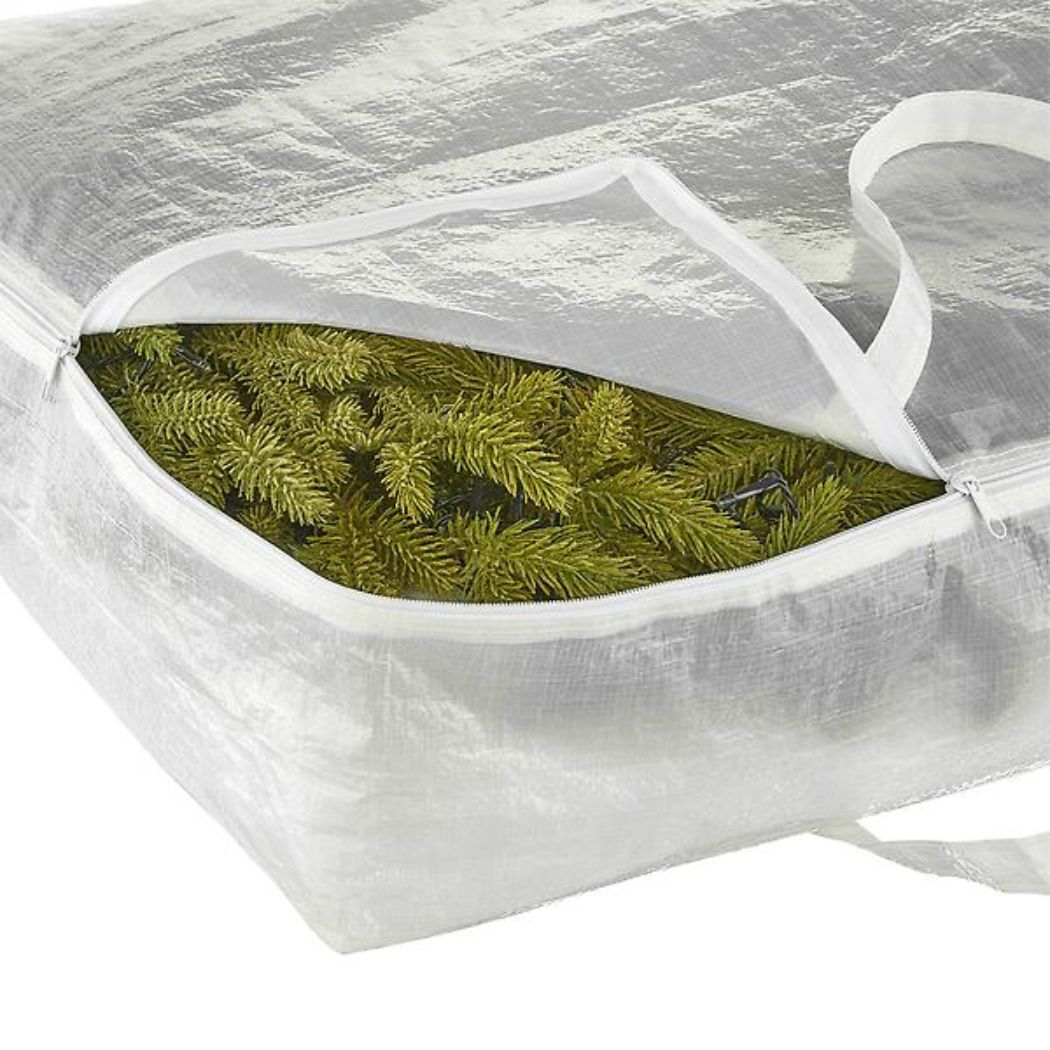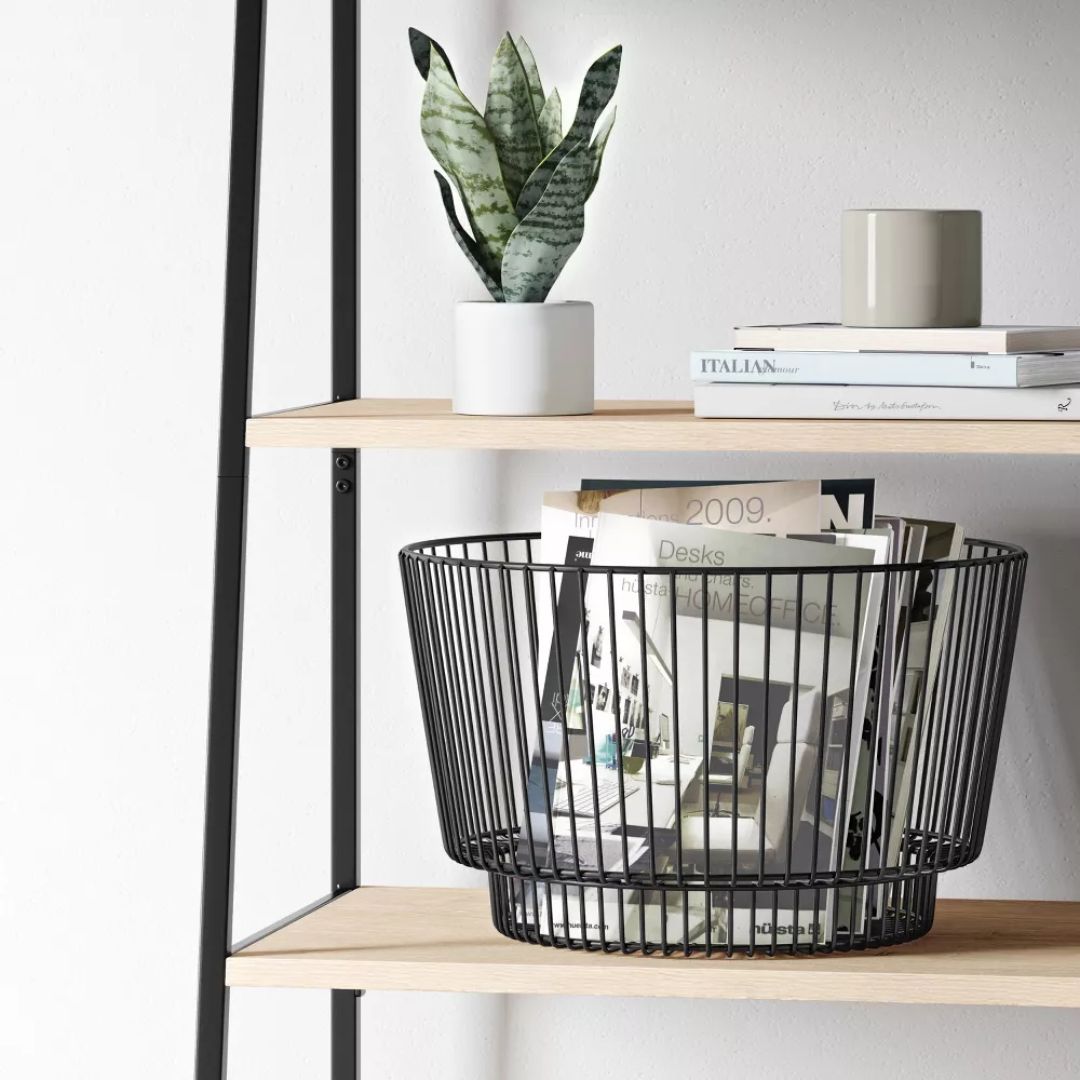These Are the 3 Items That Are Most Difficult to Store in Your Home — I Asked Organizers for the Solution
Hear what Joshua Fields Millburn of The Minimalists and experts in professional organizing have to say about homing difficult items, and where they could potentially live

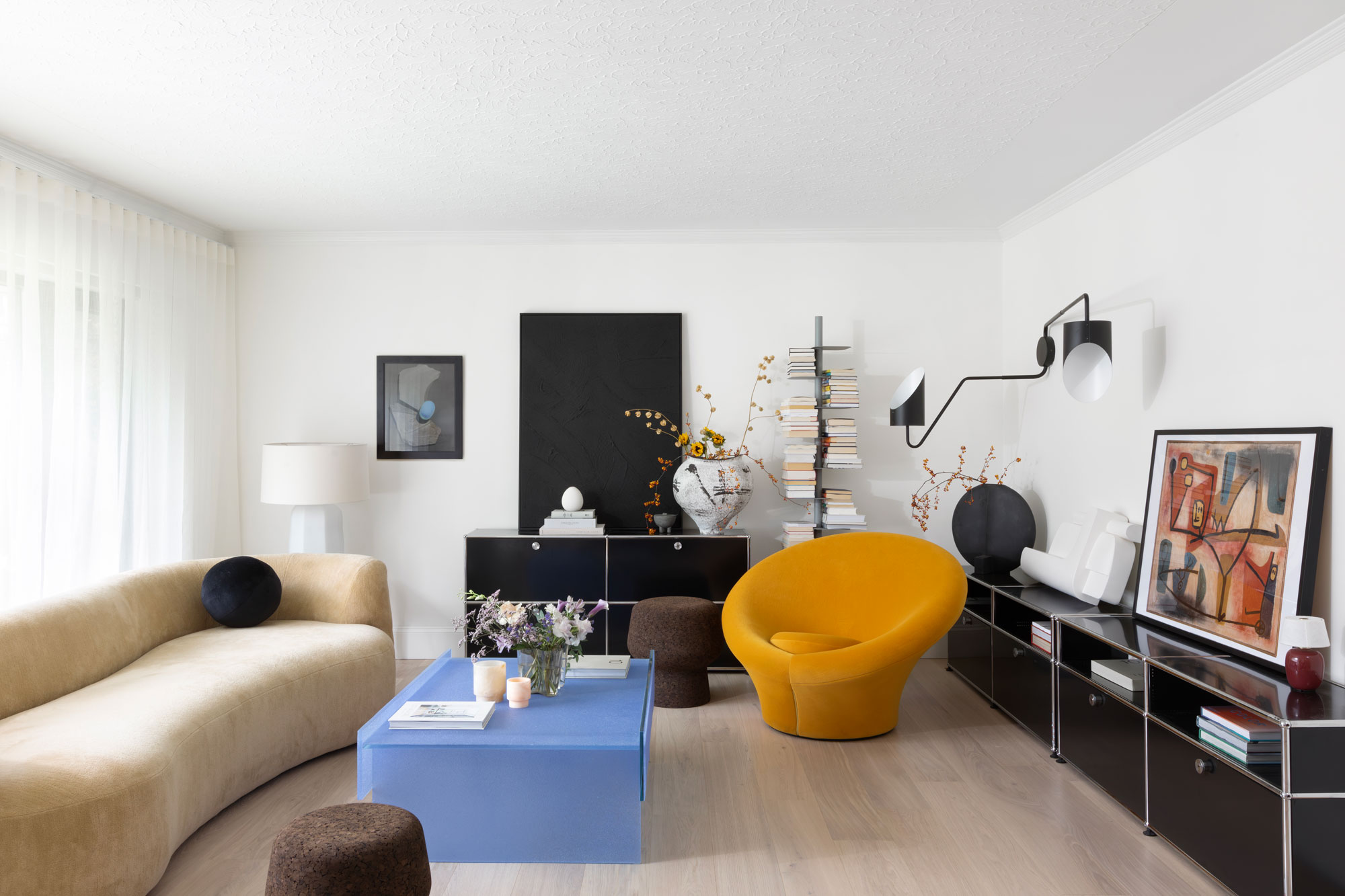
Even if your home doesn’t feel like it’s being taken over by stuff, there are still likely a few things that you just can’t find the perfect place for. Whether you’re struggling to match them in with the aesthetic of a room, failing to fit them into a particular amount of space or something else, we have all been there — which is why finding those home storage solutions is key!
A more organized home is around the corner, but if you're struggling to find spots for some specific problem items — you're not the only one. In the past, while I’ve been seeking to organize a room with too much stuff, I’ve found that acting in short bursts can be a great way to begin as it’s approachable and helps you to build up momentum.
I talked to minimalists and professional organizers to discuss what they believe are three of the hardest items for people to find a home for in their space, why, and where these items could potentially be stored. Here's what the experts had to say about it.
What Things Are Hardest to Store Away?
If an item has a home, we know where to reach for it and where it is due to return to after use. The home becomes more than just a place of storage — it extends the item’s practicality by removing surrounding stresses that could arise from it being elsewhere haphazardly in our space. And it is in these moments that those hidden storage ideas can come to life.
Joshua Fields Millburn of The Minimalists shares, “If a material possession does not have a specific place within your home, it will eventually get in the way. And anything that gets in the way is clutter. Thus, a thing without a home will soon need to be decluttered.”
Without further ado, here are three items that are hard to find a home for — according to the experts.
1. Small appliances
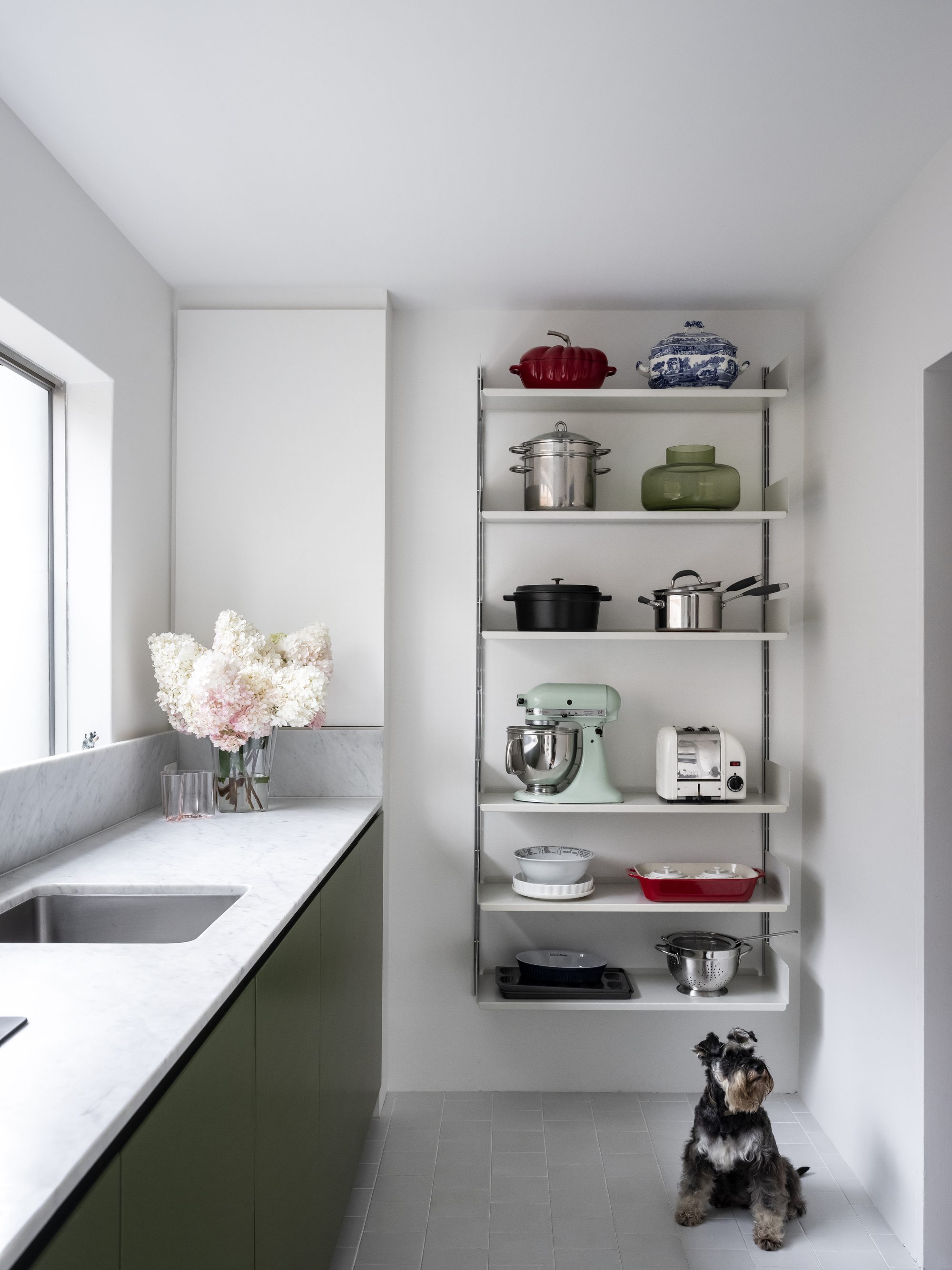
If every year you have fallen for the adverts claiming that the latest kitchen gadget will change your life, this one’s for you. We can only use so many small appliances, and only so many of these appliances are something that actually add value to your life. Think about it, when was the last time you reached for that electric mixer, considering you don’t like to bake?
The Livingetc newsletters are your inside source for what’s shaping interiors now - and what’s next. Discover trend forecasts, smart style ideas, and curated shopping inspiration that brings design to life. Subscribe today and stay ahead of the curve.
Ashley Murphy and Marissa Hagmeyer, co-founder and CEO, and co-founder and COO of NEAT Method, say, “From stand mixers and instant pots to humidifiers and air purifiers, small appliances can be one of the biggest space-wasting culprits. We recommend designating a lower pantry shelf or enclosed cabinet out of the way for less often used appliances, and being selective by only allowing daily use appliances to sit out in the open.”
Learning how to organize kitchen appliances will be a game changer in terms of saving you space and adding a sense of breathability to your kitchen. If you truly can’t find a home for an appliance among your near-to-bursting cupboards, stop to ask yourself whether you actually need it. Then, if you can’t remember the last time it saw the light of day, place it in a pile to donate.
2. Seasonal decor
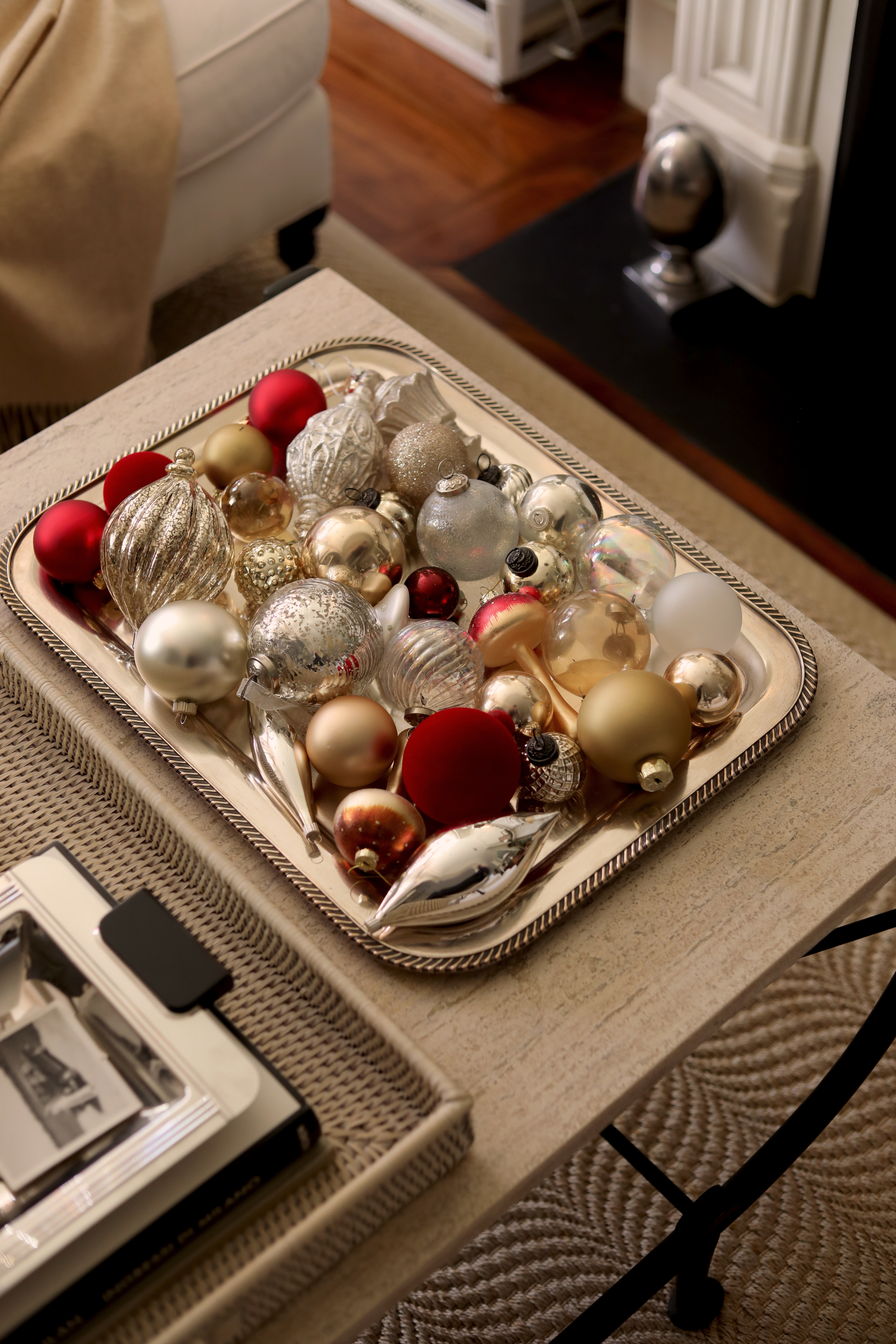
Many homeowners take great joy in adding seasonal decor to their space during the holidays. It lifts their spirits, gives them an activity to do with family and marks the excitement that comes with a changing season in a visual way. However, especially in smaller homes, it can be difficult to know how to store holiday decor.
Lynda Reider, founder and expert at Cut the Clutter RVA, says, “Seasonal items like holiday decorations can vary greatly in size – from fifty-piece tiny Christmas villages to two-story tall Halloween skeletons. These items are used only for a part of the year, making them difficult to store in a way that doesn't take up valuable space.”
To give seasonal decor the best home possible, go through your decor first and see what you wish to keep. This is something I do every year because, if we’re honest with ourselves, a lot of seasonal decorations can be cheaply made and easily damaged. Comb through your collection and see what's worth keeping — what do you love and feel you could genuinely look forward to putting up each year? Then, place your pile of keeps in an air-tight transparent storage container so your items are kept safe from being bumped into and are easy to locate. This box can be stored in an attic, on the shelf of a garage, in the shed or even under your bed.
Make a conscious decision in the future to invest in quality decor or if you’re buying something cheaper assess the likelihood of it falling apart. And if you’re in love with the idea of having larger decorations, perhaps only purchase ones you can deconstruct after use.
3. Unwanted gifts

Unwanted gifts can end up stored anywhere and everywhere because they aren’t wanted or needed in your home, yet carry a sense of obligation. The seventh sweater you were gifted last fall, the vase from your aunt’s house who you were never close to, the well-meaning addition of a waffle maker for your kitchen gathering dust with the two already crammed behind your boxes of cereal.
Jamie Hord, founder of Horderly Professional Organizing, says, “A minimalist purchases things with intention and purpose, and will most likely know if they have a proper home for something before bringing it into their life.”
For those of us out there who wouldn’t consider ourselves as ‘minimalists’, this idea still raises the question of, ‘Do we need or even want most of what is gifted to us?’.
Open up conversations surrounding gift giving and how to approach decluttering sentimental items. If you’re acquiring too much you feel obligated to keep, try to designate one or two small labeled boxes for these items and make that space their home. That way, everything has a place and you can keep the amount of these obligation-fuelled items in your life under control.
As noted by Heidi Solomon, professional organizer and interior decorator at POSH Boston, “When space is at a premium, deciding what goes where is always a negotiation of value and priorities for each item in your space.”
Take time to consider why your hard to home items are causing struggle, evaluate what function they serve in your life, and assess whether the space they take up in your home (wherever that ends up being) is worthy of being taken up by that possession. All the best on your journey ahead.
Chic Storage Solutions
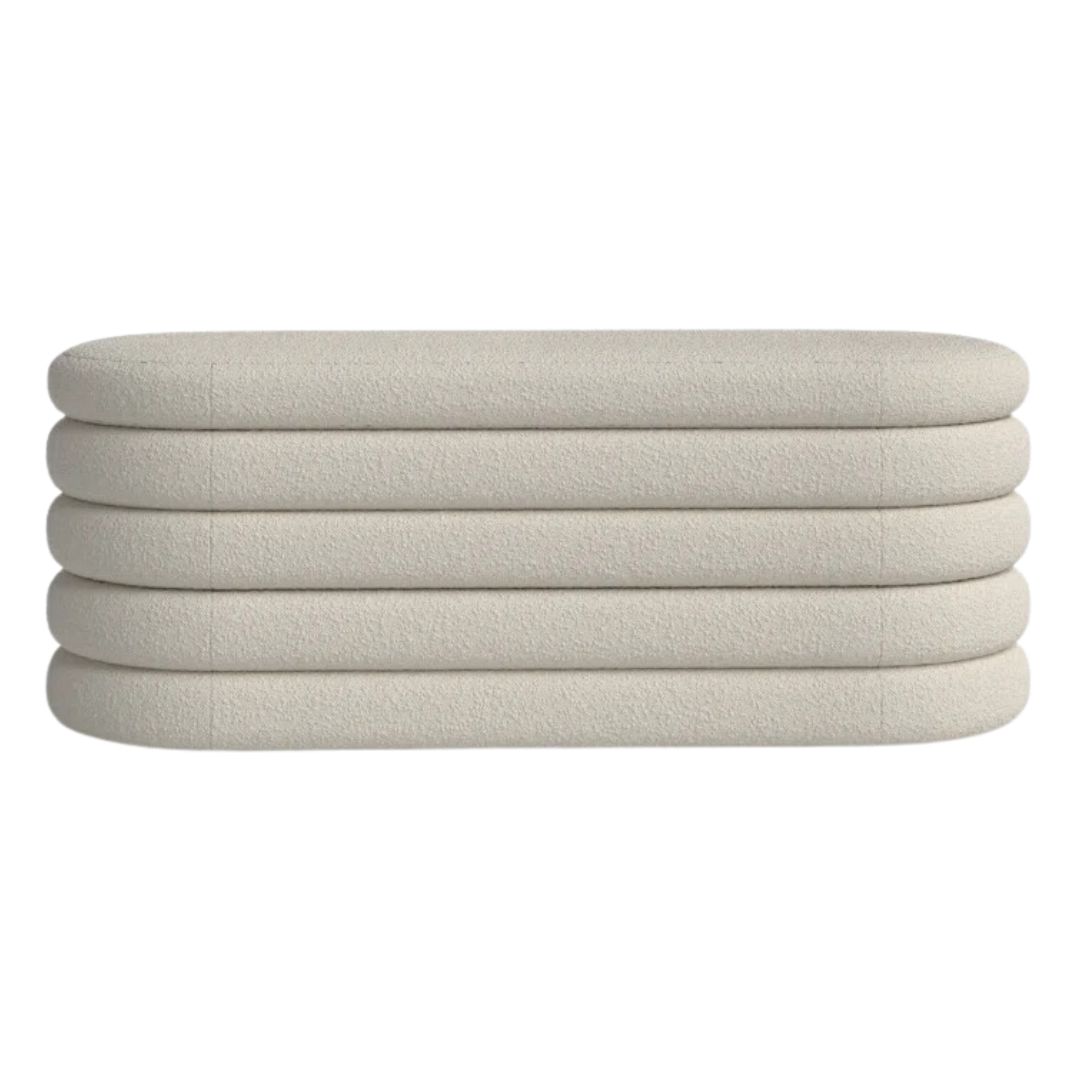
Price: $469
Was: $518
This stylish upholstered storage bench will certainly elevate your space. It can be placed anywhere around the home but if you want to make the most out of the space you have, opt for placing it at the foot of your bed. This piece is available on Wayfair in Ivory White and Black Boucle.
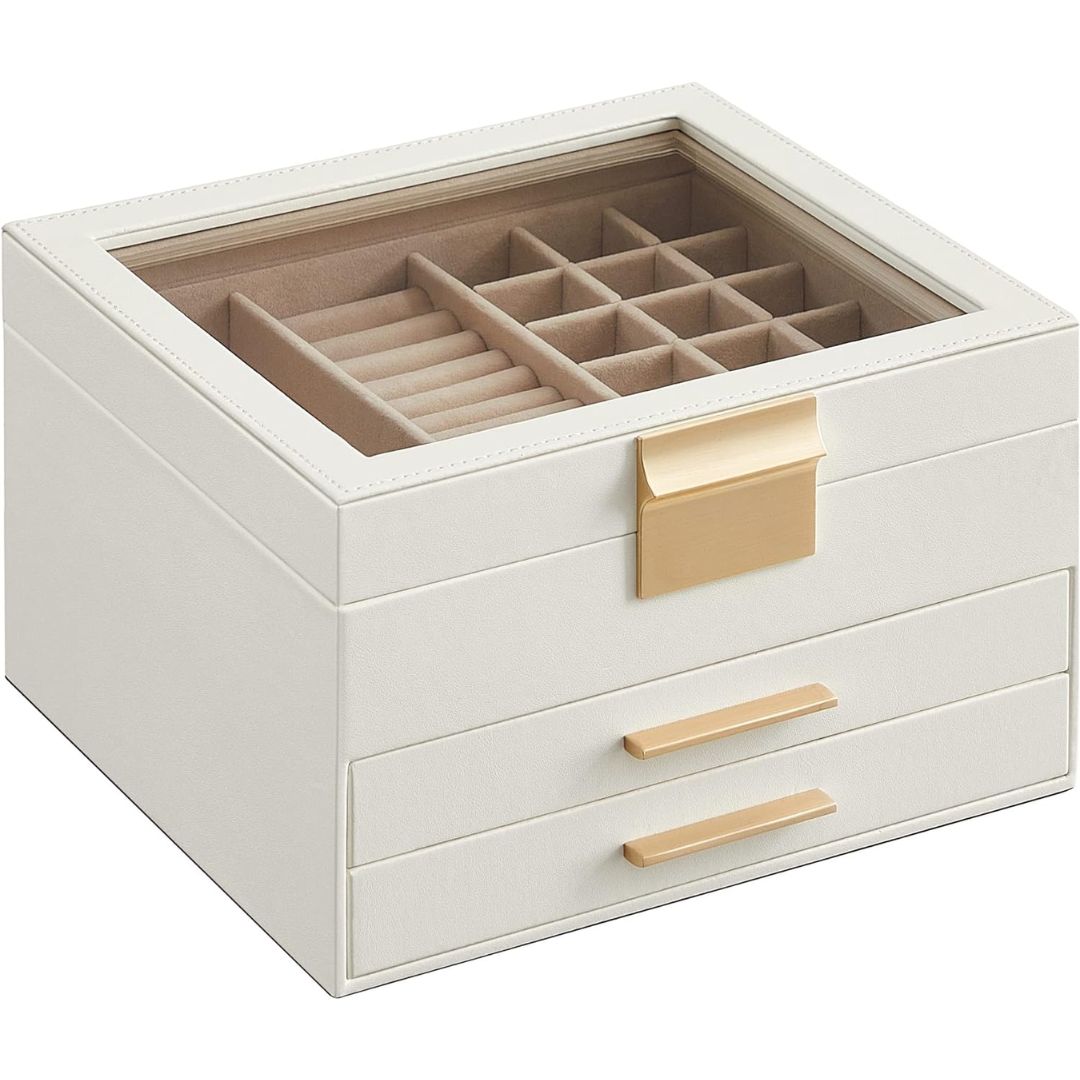
Price: $34.99
Was: $57.99
The best jewelry organizers are those that ensure a tangle-free collection and this Songmics Jewlert Box from Amazon will do just that. It carries three storage compartments and is ideal for storing away necklaces, bracelets, watches and more.

Ciéra is a writer and regional laureate with particular passions for art, design, philosophy and poetry. As well as contributing to Livingetc, she's an Editorial Assistant for Design Anthology UK and a contributing writer for magazines including Homes & Gardens, Apartment Therapy, Ideal Home, House Beautiful, Gardening Know How, The Sun, and Fabulous. Previous commendations of hers include being Highly Commended by The Royal Society of Literature and receiving a prestigious MA Magazine Journalism scholarship to City, University of London.
